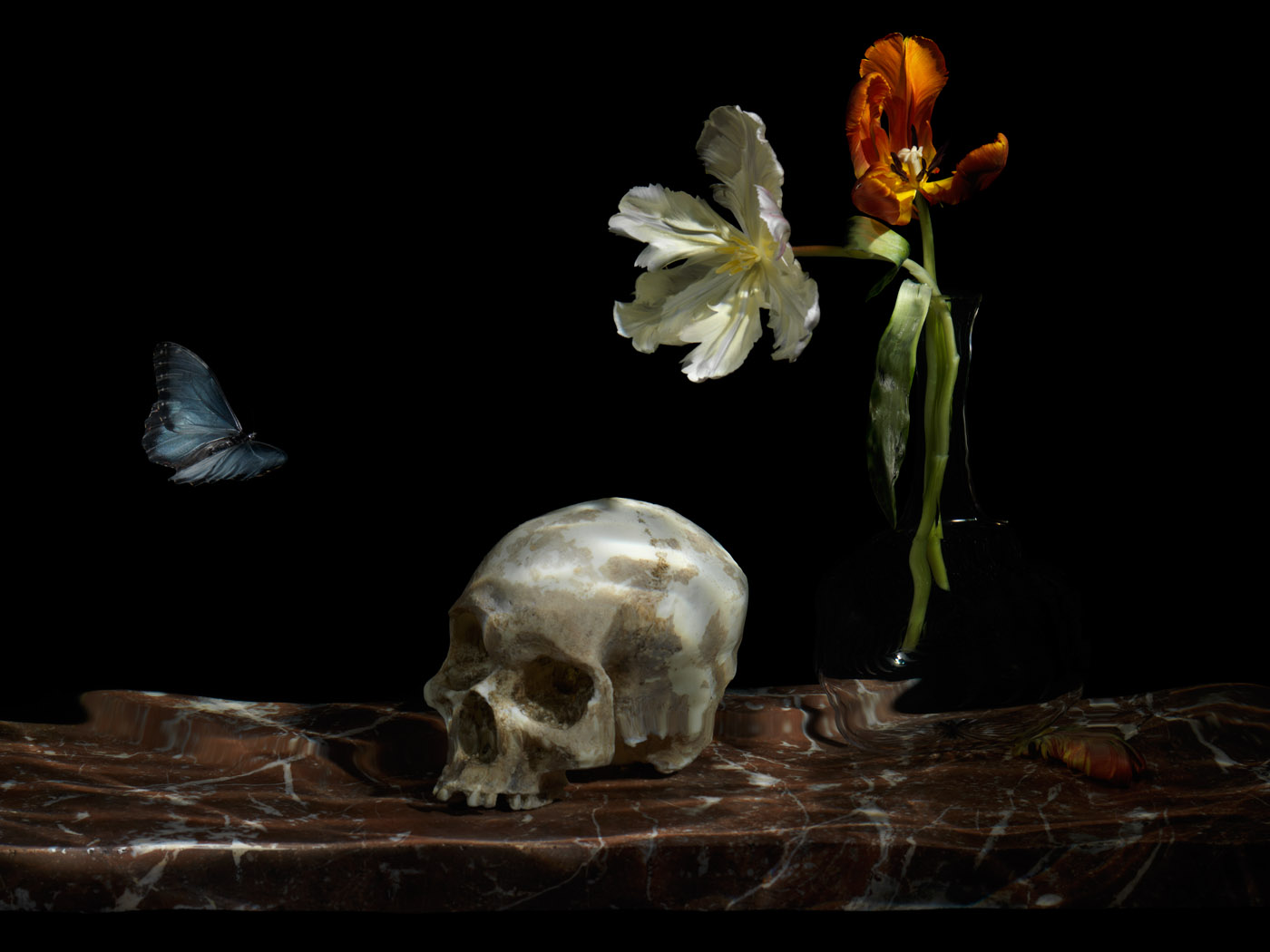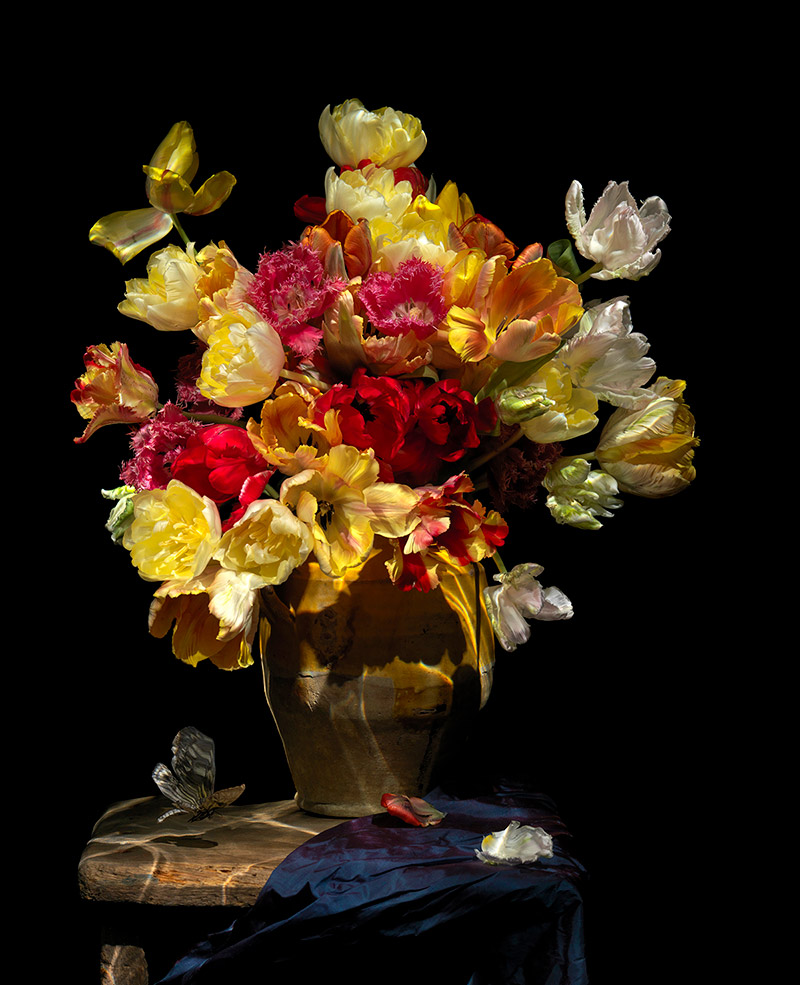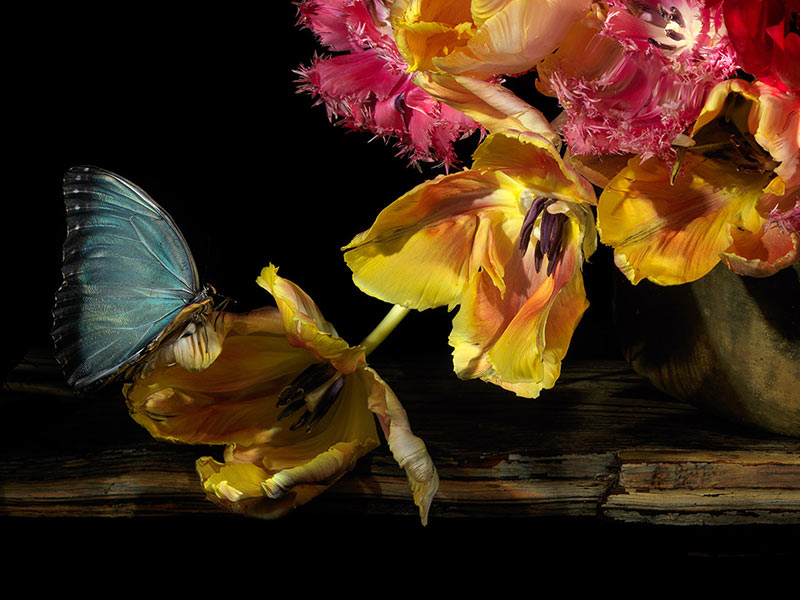For me Vanitas is more relevant today than it was 400 years ago, with issues of pollution and commercial morality within an abused natural world.

'The great leveller' from the underwater Vanitas series.
Vanitas (Latin for 'vanity') is a symbolic work of art showing the transience of life, the futility of pleasure, and the certainty of death, often contrasting symbols of wealth and symbols of ephemerality and death. Best-known are vanitas still lifes, a common genre in the Low Countries of the 16th and 17th centuries Low Countries or Low Lands historically referencing the Netherlands, Flanders, or Belgica.
Paintings executed in the vanitas style were meant to remind viewers of the transience of life, the futility of pleasure, and the certainty of death. They also provided a moral justification for painting attractive objects.

Vanitas still life Pieter Claesz, dated 1630, oil on board, 39.5cm x 56cm.
Common vanitas symbols include skulls, which are a reminder of the certainty of death; rotten fruit (decay); bubbles (the brevity of life and suddenness of death); smoke, watches, and hourglasses (the brevity of life); and musical instruments (brevity and the ephemeral nature of life). Fruit, flowers and butterflies can be interpreted in the same way, and a peeled lemon was, like life, attractive to look at but bitter to taste.
Art historians debate how much, and how seriously, the vanitas theme is implied in still-life paintings without explicit imagery such as a skull. As in much moralistic genre painting, the enjoyment evoked by the sensuous depiction of the subject is in a certain conflict with the perceived moral intent.
For me Vanitas was born out of a direct reaction to the struggles I face as an artist, the impending hour glass that drops grains of sand that boom like crashing rocks in my head. Time is the true enemy of a lifes work not yet complete.

'Grace' underwater Vanitas still life. 200 x 150cms chromogenic print.
I began creating these works early on and their intensity has never faded for me, indeed as I write these words I am back with the subject in the studio with two new pieces underway. They take months of planning and reparation, growing the flowers and crafting the scene by hand.
My work captures the forgotten alchemy of a medium often considered to serve a purely documentary function, meticulously crafted scenes immersed in dark tanks of water. For the most part I destroy these creations, leaving behind only the large format transparency film plates as documents of them ever having existed at all.
Through careful manipulation of water and light and without the use of postproduction techniques, these photographic works weave a deviant historical thread between the mechanical reproduction of today’s image making and the meticulous realism and existential gaze of painters such as Pieter Claesz who was at the heart of the 16th Century Vanitas tradition of painting.

Pieter Claesz still life ' Tobacco pipe and brazier' 1636..
The camera, like the painter’s oils, is a tool in which to eternally preserve the chosen subjects: at times a collection of inanimate objects held in a purgatory state and at others the bodies of characters inscribed with historical and personal narratives, which the final image forever tells. It is both ironic and telling that water, the very element which for the Greek Philosopher Heraclitus stood as a symbol for the unstoppable mill of time, changing everything in its wake, serves precisely as the functional device through which I achieve the painterly effect of these works.

detail of 'Vanitas plate 0592' painterly chiaroscuro effect created using water
I am often found in direct dialogue with the painters that have inspired me, participating in the age-old practice of contextualizing antiquities stories. With the camera emerging as a perplexing aporia, a kind of sorcery which successfully presences the past and yet only brings up ghosts.
I need to generate the complex underwater conditions necessary to create these artworks. My photographic practice is project based with each body of work the result of research into a specific place, or the analysis of a theme: a methodology directly guided by the extensive use of remote studio locations, the photographs from which demonstrate a passion for this dialogue enabled through meticulous preproduction.
I cannot hope to achieve the quality of work that I aspire towards without merging historical and art-historical references seamlessly with my own personal history.

'Isis Bound' vanitas still life
I hope you found this journal entry informative, please stay connected.



